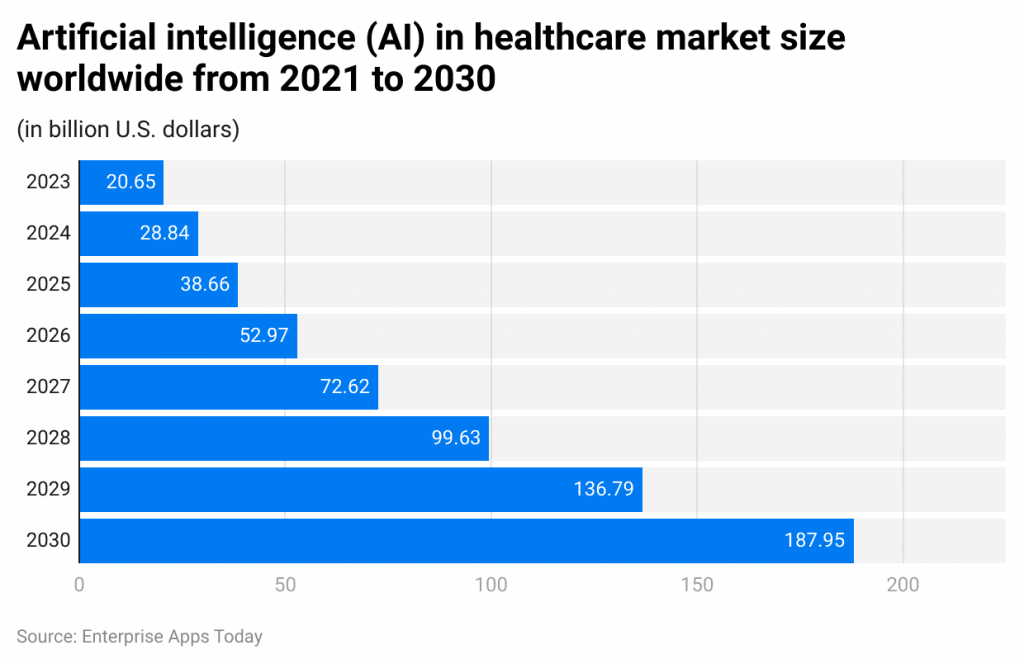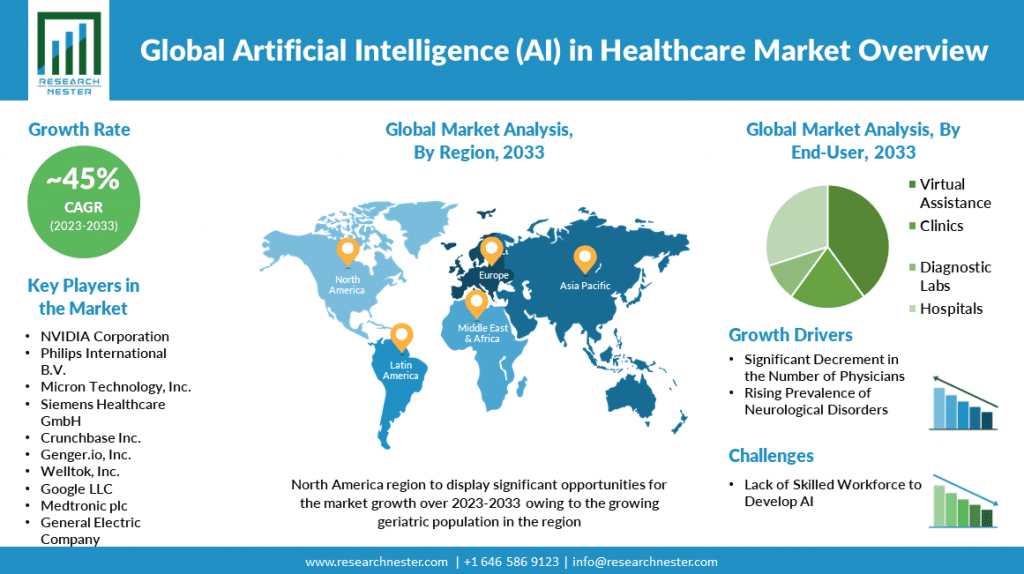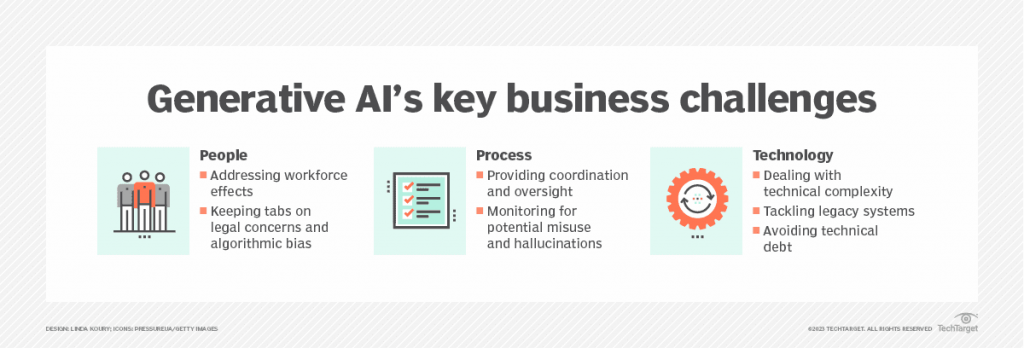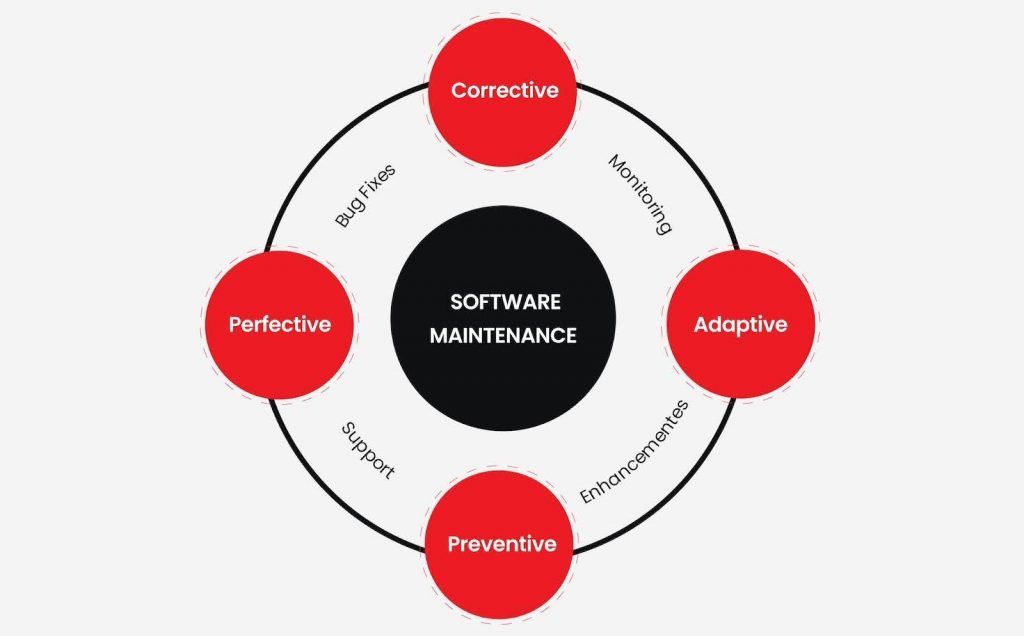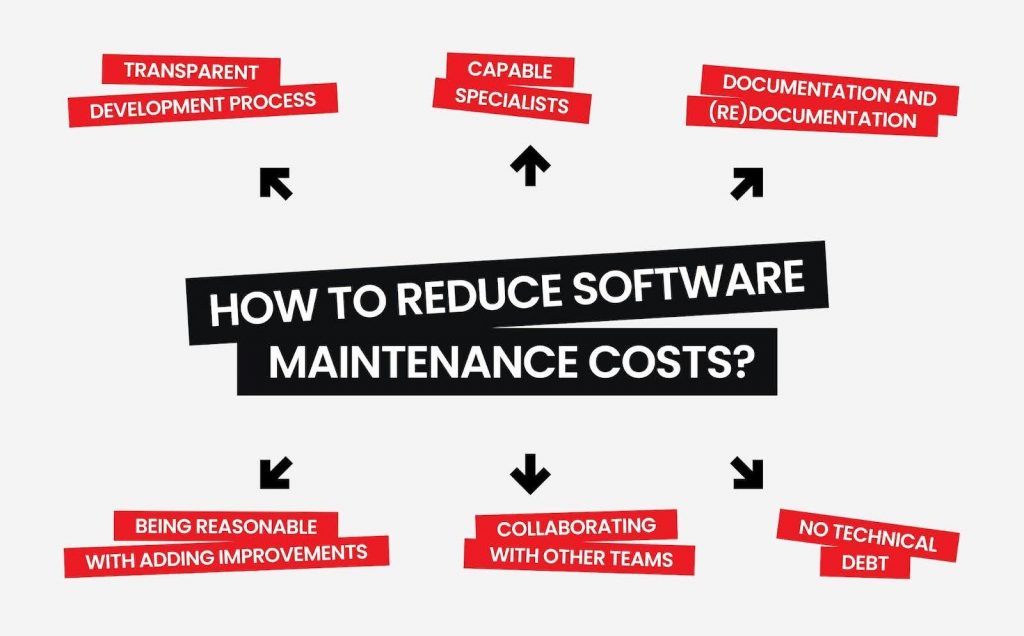- What does artificial intelligence (AI) development include?
AI development relies on algorithms and data.
- Developers design algorithms, which are step-by-step instructions or rules that guide the AI system in processing information and making decisions.
- Data plays a crucial role. AI systems require large sets of relevant and diverse data to train and improve their performance.
As AI systems become more sophisticated, considerations like artificial intelligence pricing get crucial, involving the cost structures associated with developing, deploying, and maintaining AI solutions.
- What are the key components and technologies used in AI development?
AI development is based on algorithms and data. Its key technologies include machine learning, where algorithms improve through experience, and deep learning, which uses neural networks for complex decision-making. Natural Language Processing (NLP) facilitates human-computer interaction through language comprehension. Robotics integrates AI to control and automate physical systems. The development process also involves continuous testing, refining, and iteration.
Balancing the AI cost with its benefits is essential for effective implementation and widespread adoption. - How to determine and estimate the cost of AI development?
- Define Project Scope
- Assess the data needs
- Choose appropriate algorithms
- Consider the computational power
- Estimate the time it takes to develop the AI system
- Hire skilled professionals
- Allocate resources for testing and validation
- Integration and Deployment
- Consider ongoing costs for maintaining, updating, etc.
- Allow your budget to accommodate unforeseen challenges.
By evaluating these factors, you can develop a comprehensive estimate of the cost of AI development, helping you plan and allocate resources effectively.
- What factors influence AI development costs?
The cost of artificial intelligence is influenced by factors such as project complexity, data requirements, algorithm intricacy, computing resources, development timeframe, and skilled personnel expenses. The size and quality of datasets, chosen algorithms, computing infrastructure, and the need for specialized talent impact overall expenses. Testing, validation, integration, and ongoing maintenance are also important in the cost calculator. Plus, market trends, competition, and the evolving nature of AI technologies influence budget allocations, making AI development costs variable and project-specific.
- Why is it important to realize the costs of AI development?
Understanding the costs of AI development is crucial for effective project planning, resource allocation, and successful implementation. With a clear grasp of expenses, companies can avoid budget overruns, delays, and potential project failures. Accurate cost estimates aid in securing necessary financial resources and justify investments to stakeholders.
- AI SOLUTIONS
- Services
DevOps as a ServiceDevOps on autopilot
CTO as a ServiceStregthen your team
Software testingEnsure software quality
Discovery phasePlan your priduct from a to z
Cloud ServicesGeneral information about healthcare cloud services
Google Cloud ServicesEnsuring confidentiality when working with medical systems
AWS Cloud ServicesServices specially designed for the healthcare industry
Microsoft Cloud ServicesPlatform processing, analyzing and sharing medical data
- Industries
- About
- Blog
- Portfolio

